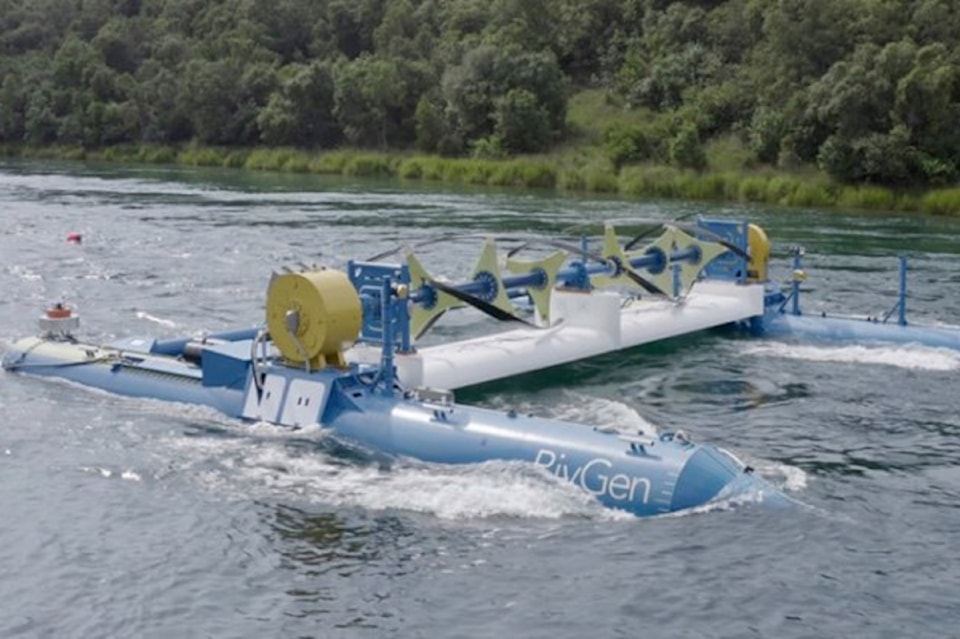A federal project is looking at the possibility of using hydrokinetic electricity generation to offset diesel requirements in the Deh Cho region.
NWT MP Michael McLeod announced on June 28 the federal government was contributing $353,710 through the Clean Energy for Rural and Remote Communities program to examine the potential of hydrokinetic turbines to generate electricity in the Deh Cho. The effort is a partnership between Big River Service Centre LP, the Canadian Hydrokinetic Turbine Testing Centre and Gonezu Energy Corporation. The study will involve site assessments and community engagement for the best way to establish a green microgrid.
"This is a critically important development for our region that could help reduce reliance on diesel for energy and benefit the entire community economically," said McLeod. "Congratulations to the organizations that are leading this: Big River Service Centre LP, the Canadian Hydrokinetic Turbine Testing Centre (CHTTC) and Gonezu Energy Corporation, on their vision for improved energy access in our communities."
Hydrokinetic energy uses naturally occurring waterways to draw electricity instead of diverting water behind large dams, avoiding the environmental issues associated with large hydroelectric projects. It uses the continuous motion of the water to generate electricity. The technology has been employed in Arctic communities already — the community of Igiugig in Alaska deployed a 35-kilowatt power system in 2019. Within a year, the system had generated eight megawatt hours and was covering more than half the village's energy needs without disrupting the annual salmon run.
